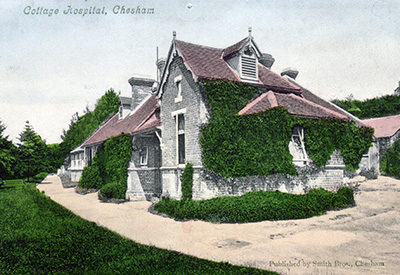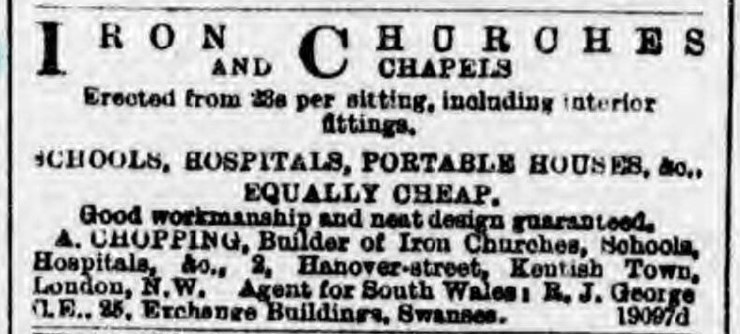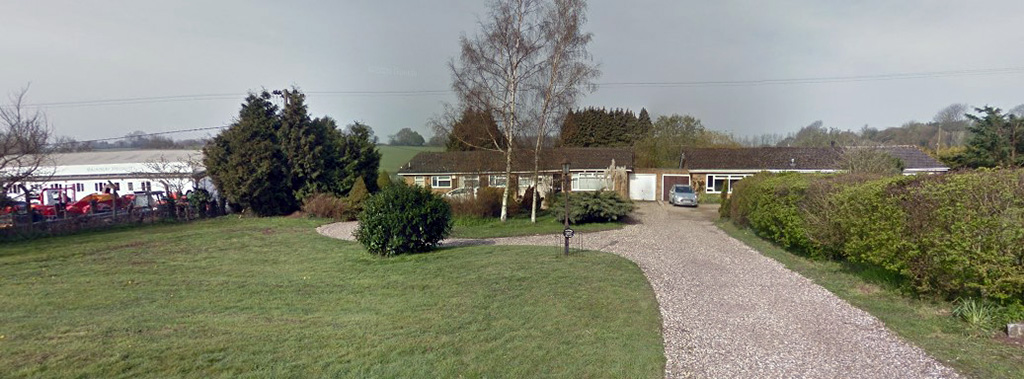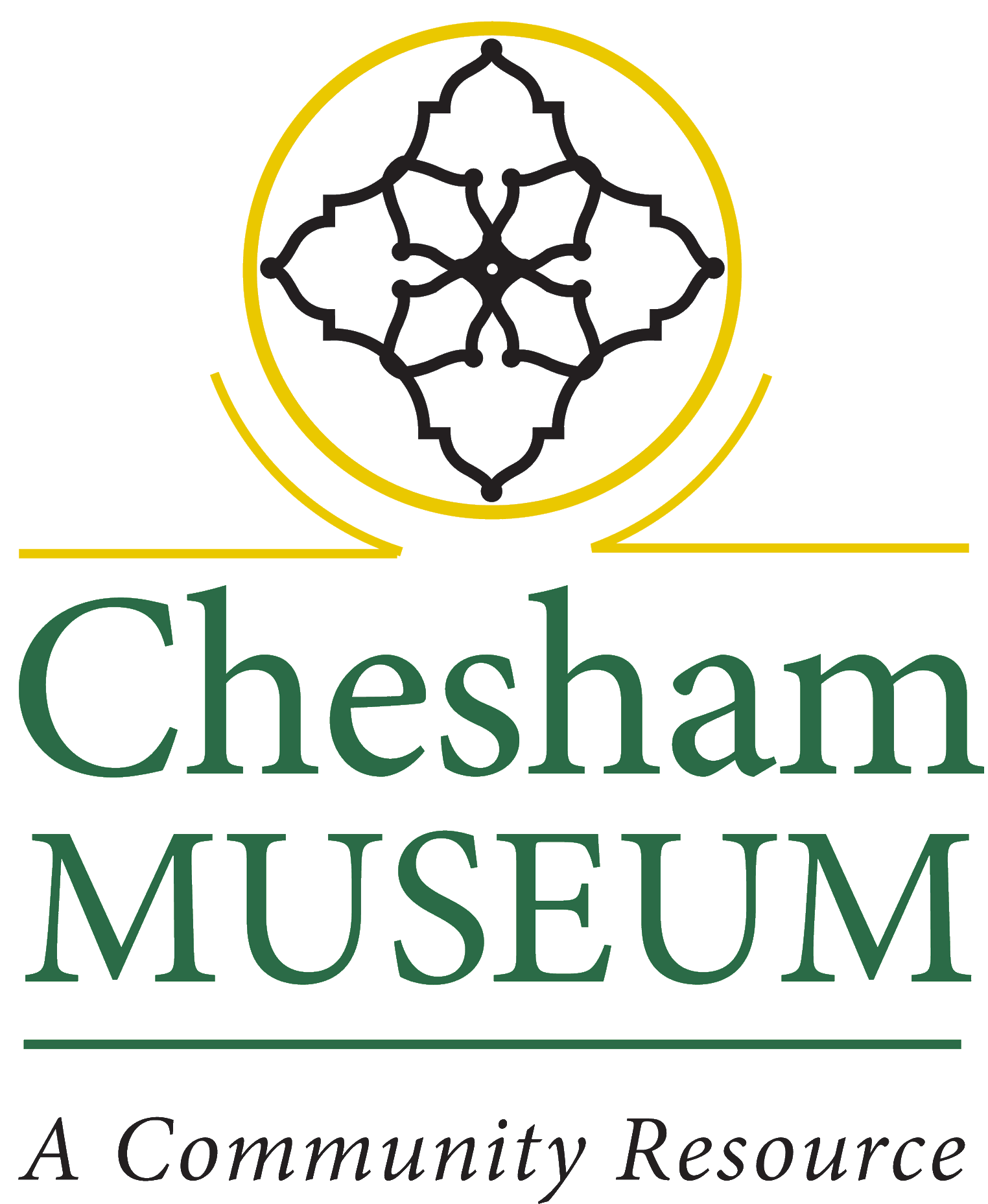Chesham’s lost Isolation Hospital
Chesham used to have its own isolation hospital for use to prevent epidemics. This is the story…

Health in Chesham
In 1866 the fear of a possible cholera epidemic led Lord Chesham, Rev Aylward the vicar and Dr Faithorn to outline plans for a hospital. The original purpose was to isolate contagious diseases.
Chesham Cottage Hospital
Chesham Cottage Hospital opened in October 1869. However the newspaper report in the Bucks Herald on 6th November 1869 stated that the “hospital is not intended for the reception of patients with contagious or infectious diseases; it is contemplated to build a contagious and infectious department on some other spot quite detached.”
Not long after it was built the hospital struggled during the typhoid epidemic of autumn 1871.
The Iron Hospital
The need for the planned isolation unit was now urgent. In order to get one quickly a prefabricated iron hospital was bought on 11th August 1871 from C. Kent of Euston Road, London, who advertised as a “Builder of Iron Churches, Schools and Hospitals”.

There being no station in Chesham yet, it was delivered by train as a kit to Berkhampstead Station on the 13th October. Local farmers arranged for it to be collected by waggon and horses.
Five men built it on a brick foundation, 60 yards behind the newly built Cottage Hospital. It was just over 50 foot long and 28 foot wide. It included a single ward, a nurses’ room and three toilets. A kitchen was located in a separate building linked by a covered walkway. It was accessed by a long path below the Cottage Hospital. The hospital was finished on Friday 25th October.
Twenty iron bedsteads, mattresses, plus bedding and quilts were then delivered and put in. It was officially opened on 28th October 1871. It became known as the “Iron Hospital”. Its immediate purpose was as an isolation hospital for the typhoid epidemic. Its first nurses were from an Anglican Order from All Saints Church, Margaret Street in London.
Later use
After the emergency of the typhoid epidemic the Iron Hospital closed in January 1872. It was used occasionally thereafter for smaller typhoid outbreaks in 1874 and 1878, and for scarlet fever in 1880 and 1886.
Isolation House in the Vale
In 1891 Dr John Foot Churchill, who had survived the typhoid epidemic, said that they needed a new isolation hospital or a four-roomed cottage out of town. His preference was for a brick building rather than an iron building, because it got very cold in the winter. In 1892 the Iron Hospital was sold for £35 17s, on the condition that it was relocated.
In 1896 a spate of scarlet fever cases encouraged Chesham Urban District Council General Purposes Committee to rent a house on a farm in the Vale. It was furnished as an infectious diseases hospital.
In January 1897 books were donated for patients to read. By May 1897 all the scarlet fever patients had recovered. At the end of 1898 it ceased to be used.
The new Isolation Hospital in the Vale
In February 1900 Chesham Council bought some pasture land in the Vale from Mr Freeman as “in the bottom meadow… with a frontage of 188 feet 7 inches.” The old Iron Hospital was re-erected there and become known as the “Isolation Hospital”. The water supply came from a pipe in the ground and it used oil lamps for lighting right up until the end of the war. A separate building was put up at the back as an ambulance station, for a horse-drawn ambulance to bring patients.
At its location in the Vale, it was first used in 1902 for a scarlet fever epidemic. Thereafter it was used regularly for cases of scarlet fever, smallpox and diphtheria until March 1904. Then in June 1904 the hospital was unused and they discussed enlarging it in case of another scarlet fever epidemic. It then was painted red.
The Isolation Hospital was closed but kept in readiness so that it could be used at short notice. The Isolation Hospital was used again in 1907 and 1908 for scarlet fever cases. From 1908 single cases were sent to London Fever Hospital because it was cheaper to send a single patient there than the cost of re-opening the hospital. It was then seldom used for 20 years apart from some diphtheria cases in 1913.
County Isolation Hospital
In 1929 Stoke Mandeville hospital was extended to became a county Isolation Hospital.
From 1930 the old Isolation Hospital was rented out as 1 and 2 Hospital Cottages. The Gale family came to live in 1 Hospital Cottage, and later the Keen family took it on.
The Berry family came to live in the former nurses’ quarters called 2 Hospital Cottages. Mrs Berry said “when my husband and I first came here it still looked very much like a hospital, everything was covered in brown varnish and the nurses’s quarters were much as they must have been when in use as a hospital.”
Demolition

By 1965 Chesham Urban District Council decided that the building was not considered up to modern standards as a residence. In 1966 the tenants were rehoused in Chesham. In November 1968 Hospital Cottages were put up for sale, with outline planning permission for 2 semi-detached dwellings if the existing properties were demolished.
The site sold in 1969 and planning application was put in for two bungalows and garages. Today the site of 1 Hospital Cottages is a bungalow called Ivinghoe, and the site of 2 Hospital Cottages is a bungalow called Langdale.
Local road names
There is nothing to show that there was an isolation hospital there, but its founders have roads named after them. Dr Faithhorn is remembered in Faithorn Close off Chartrdge Lane; and Rev Aylward the vicar is remembered in the nearby Aylward Gardens off Berkeley Avenue. Both died in the Typhoid Epidemic, which the Isolation Hospital was built to help.
This article was first published in the pages of the Bucks Free Press, Amersham and Chesham edition, on August 2, 2020.
Learn more about health provision in Chesham
There’s more information about health in Chesham in the health section in our online collection.


